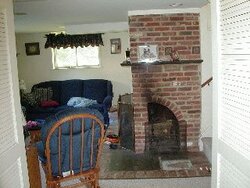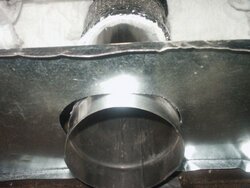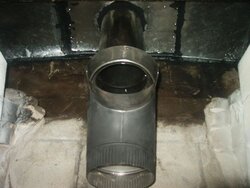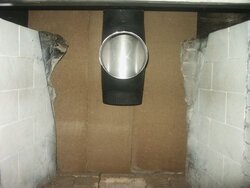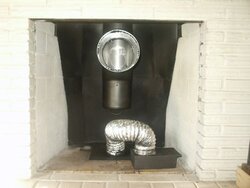I was fortunate enough to find an Avalon Rainier insert yesterday, thanks to my brother, and he was able to grab it last night for $75! So, with a new installation pending, I want to build a sufficient block off plate for the connection.
Right now I have an interior fireplace opening, and the current insert has a full liner and cap. Before we installed the liner we check the condition of the tiles, just to be sure the structure of the chimney was healthy.
So, I'll need to make a new block off plate to seal across the flue opening. We had to remove the original fireplace damper plate when we installed the liner.
Are there any guidelines for material/gauge/insulation when making a block off plate that will be safe and effective?
I've had friends tell me to stuff insulation around the opening and leave it, but I know better, and I know that it's extremely unsafe.
Thanks for the help!
Right now I have an interior fireplace opening, and the current insert has a full liner and cap. Before we installed the liner we check the condition of the tiles, just to be sure the structure of the chimney was healthy.
So, I'll need to make a new block off plate to seal across the flue opening. We had to remove the original fireplace damper plate when we installed the liner.
Are there any guidelines for material/gauge/insulation when making a block off plate that will be safe and effective?
I've had friends tell me to stuff insulation around the opening and leave it, but I know better, and I know that it's extremely unsafe.
Thanks for the help!


